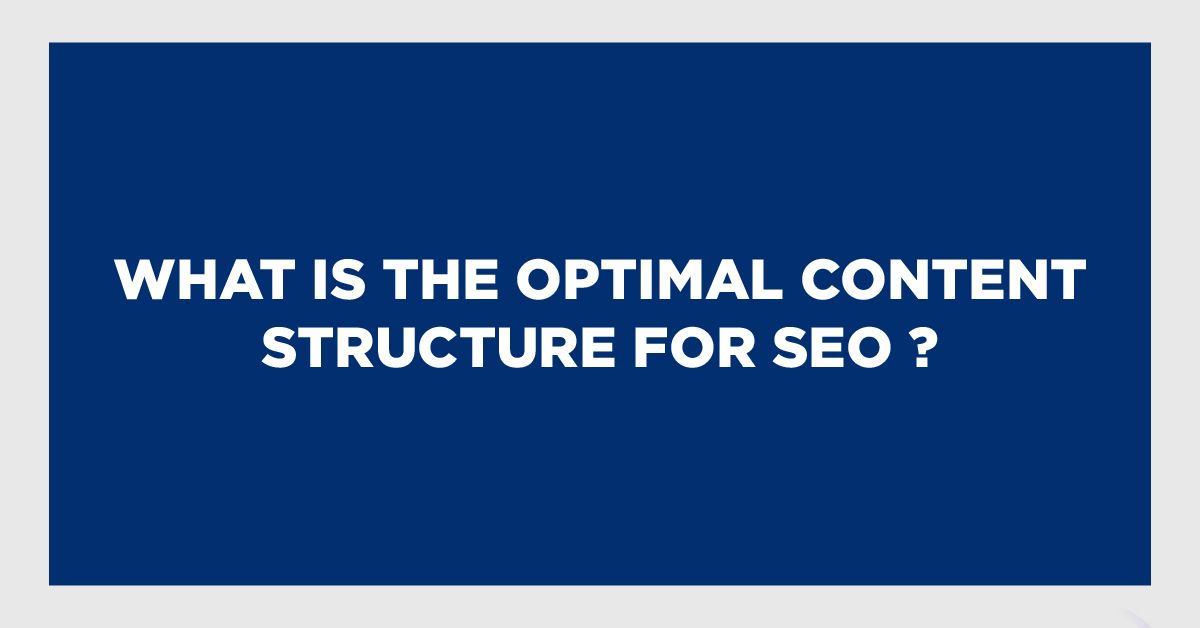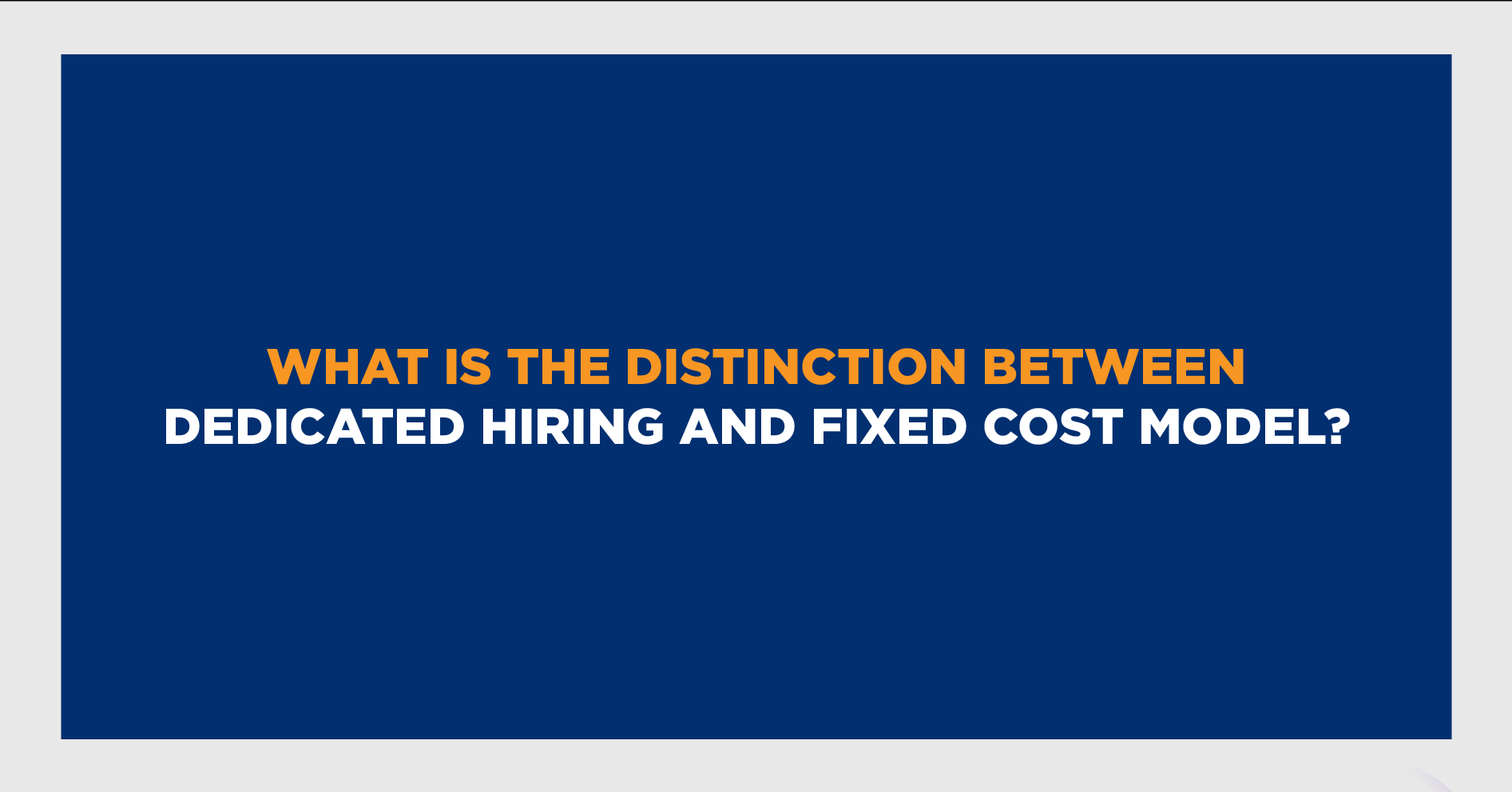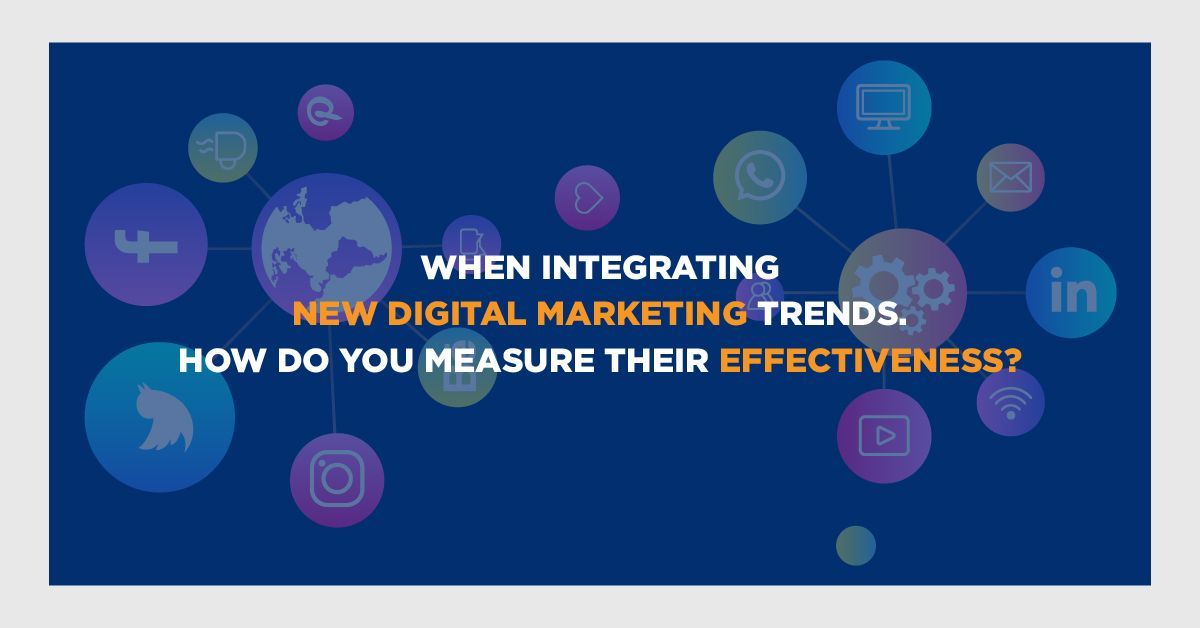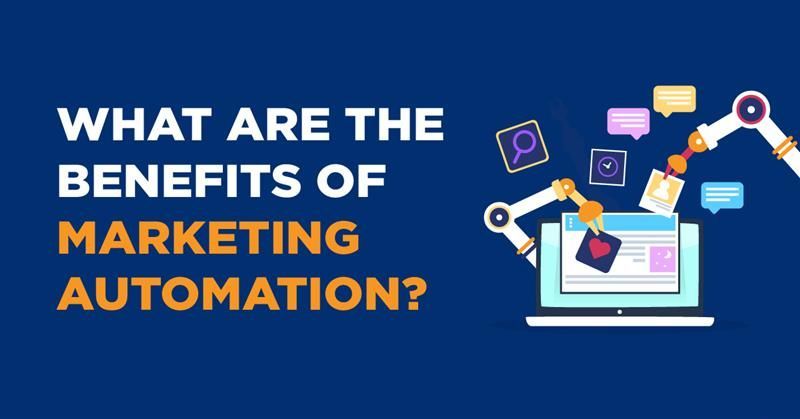How do SEO and Sem work together?
September 18, 2024

How do SEO and Sem work together?
SEO (Search Engine Optimization) and SEM (Search Engine Marketing) work together to increase a website's visibility and attract more traffic from search engines, but they do so in complementary ways.
SEO (Search Engine Optimization)
- Definition : The process of optimizing a website to improve its organic (non-paid) rankings on search engines.
- Focus :
- On-page SEO : Optimizing content, keywords, meta tags, URLs, and internal linking within the website.
- Off-page SEO : Building backlinks, social signals, and improving the website's reputation outside of its pages.
- Technical SEO : Enhancing site speed, mobile-friendliness, and crawlability to improve user experience and search engine indexing.
- Cost : Generally, it involves time and effort rather than direct costs. Costs may arise from hiring SEO specialists or using tools for keyword research and analytics.
- Time Frame : SEO is a long-term strategy. It takes time to see results, but the benefits can be long-lasting.
- Results : Aimed at achieving higher organic search rankings, leading to increased visibility and traffic without ongoing payments to the search engines.
SEM (Search Engine Marketing)
- Definition : A broader strategy that encompasses both SEO and paid advertising to increase search engine visibility. However, SEM is often used specifically to refer to paid search advertising , like Google Ads.
- Focus :
- Paid Search Advertising (PPC) : Creating and managing ads that appear on search engine results pages (SERPs). These are typically marked as ads and appear above or beside organic results.
- Keywords : Bidding on keywords to show ads in response to user queries. Ads are shown based on the relevance and bid amount.
- Cost : Involves direct costs, as businesses pay for each click (PPC) or impression their ads receive. Costs can vary widely depending on the competitiveness of the keywords.
- Time Frame : SEM can yield immediate results since ads can start appearing as soon as a campaign is launched. However, it requires continuous investment to maintain visibility.
- Results : Offers instant visibility on search engines, and can be used for targeting specific audiences with tailored ads.
Key Differences
- SEO focuses on improving organic search rankings through website optimization, while SEM involves paying for ads to appear on search engine results.
- SEO is a longer-term strategy with more lasting effects, while SEM provides immediate but paid visibility.
- SEM encompasses SEO but is often used specifically to refer to paid search advertising efforts.
How They Work Together:
- Increased Visibility: Using both SEO and SEM can help a website appear in both the organic and paid sections of the SERPs, increasing the chances of attracting clicks from users.
- Keyword Strategy: SEO and SEM share a common foundation in keyword research. Insights gained from SEM campaigns (like high-performing keywords) can inform SEO strategies and vice versa.
- Data and Analytics: SEM provides immediate data on which keywords and ads are performing well. This data can be used to refine SEO efforts, focusing on keywords that drive traffic and conversions.
- Short-Term and Long-Term Goals: SEM can bring quick traffic while SEO is a longer-term strategy that builds sustainable traffic over time. Using both ensures immediate visibility while working on organic growth.
- Cost-Effectiveness: While SEM requires a budget for ads, SEO can reduce the overall cost of acquiring traffic in the long term. A balanced approach can optimize the marketing budget by relying on organic traffic for sustained growth and using SEM for targeted, immediate results.
Conclusion
Together, SEO and SEM create a holistic search marketing strategy, maximizing a website’s presence on search engines and driving both immediate and sustained traffic.










